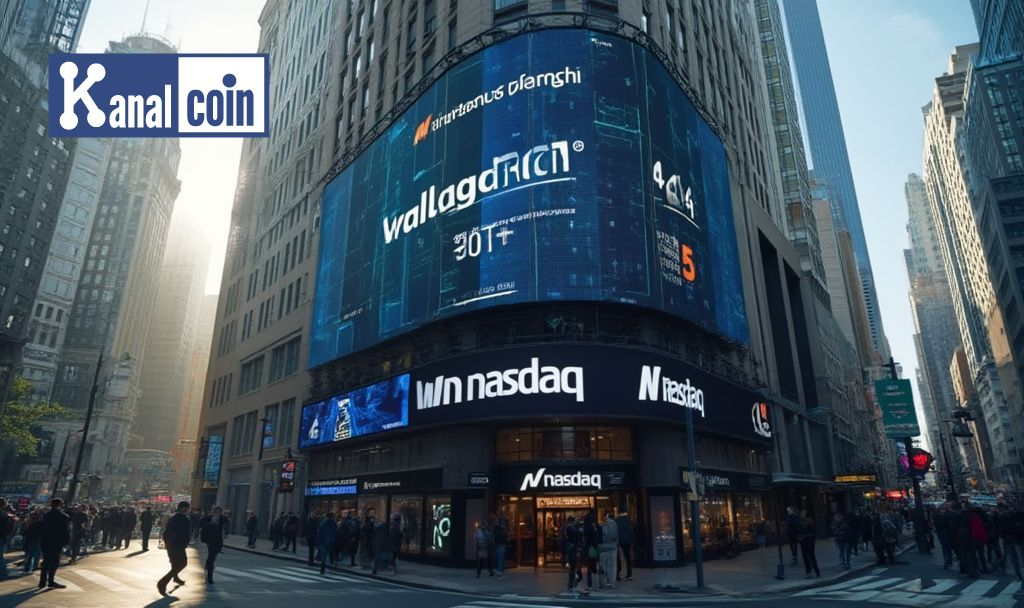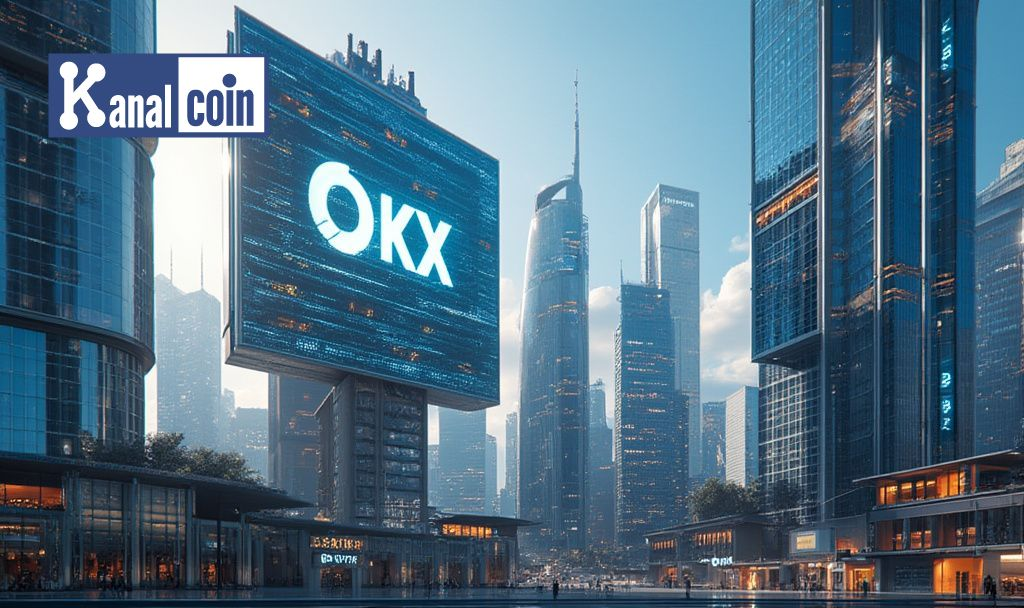
Nasdaq has filed a Form 19b-4 with the Securities and Exchange Commission to list and trade shares of Grayscale’s proposed Avalanche ETF.
This filing is a pivotal moment for Grayscale, potentially expanding ETF access to a major cryptocurrency, which could influence investor sentiment towards regulated crypto investment products.
Avalanche ETF: Grayscale’s Strategic Move with SEC Filing
The filing with the SEC signals an important attempt by Grayscale Investments to introduce a regulated ETF covering Avalanche. Such filings are part of ongoing efforts to broaden access to crypto assets.
Grayscale has consistently sought to innovate in the ETF space, aiming to capitalize on increasing demand for crypto-based financial products. Avalanche’s inclusion underlines its growing importance in the crypto sphere.
CoinMarketCap Data Reveals AVA’s Price and Market Cap
Data from CoinMarketCap shows AVA (Travala) is priced at $0.5748, with its market cap valued at $38.92 million, exhibiting a 24-hour volume shift of 37.20%. Current trends indicate a 7.71% decline in price over the last day. These metrics illustrate the current dynamics [source: CoinMarketCap].
The potential listing of the ETF could impact regulatory environments positively, enhancing investor confidence. “Experts might anticipate that this move is likely to attract a broader investor base, thereby substantially increasing market interest in AVAX.” Access to regulated products can lead to greater market acceptance and stability, reflecting growing engagement in the crypto sector.
Crypto ETF Approvals: A History of Mixed Outcomes
Previous attempts by firms to launch regulated crypto ETFs have seen mixed outcomes, with some approvals and others denied due to regulatory concerns. Each instance shaped subsequent approaches toward ETF launches.
Kanalcoin experts suggest that, based on trends, investment interest could potentially increase if the ETF is approved. Historical data implies ETF participation often leads to better underlying asset performance.









